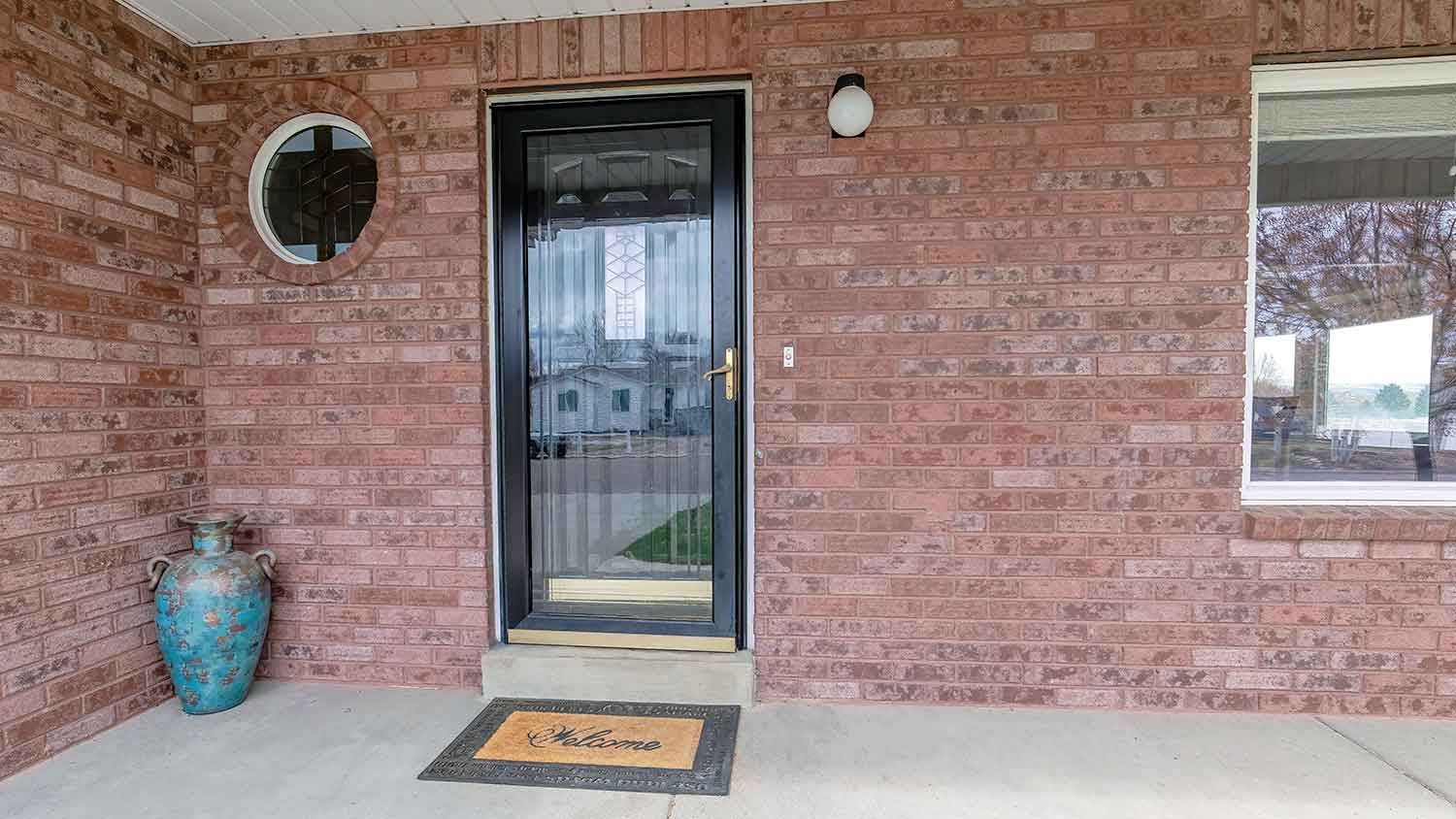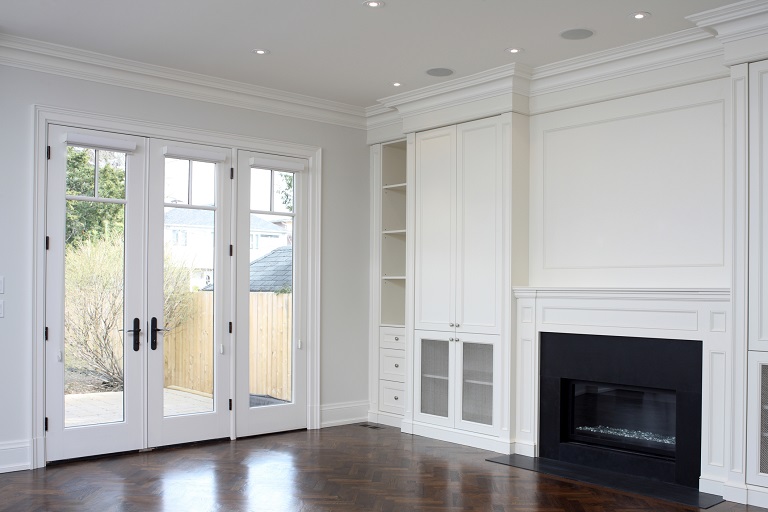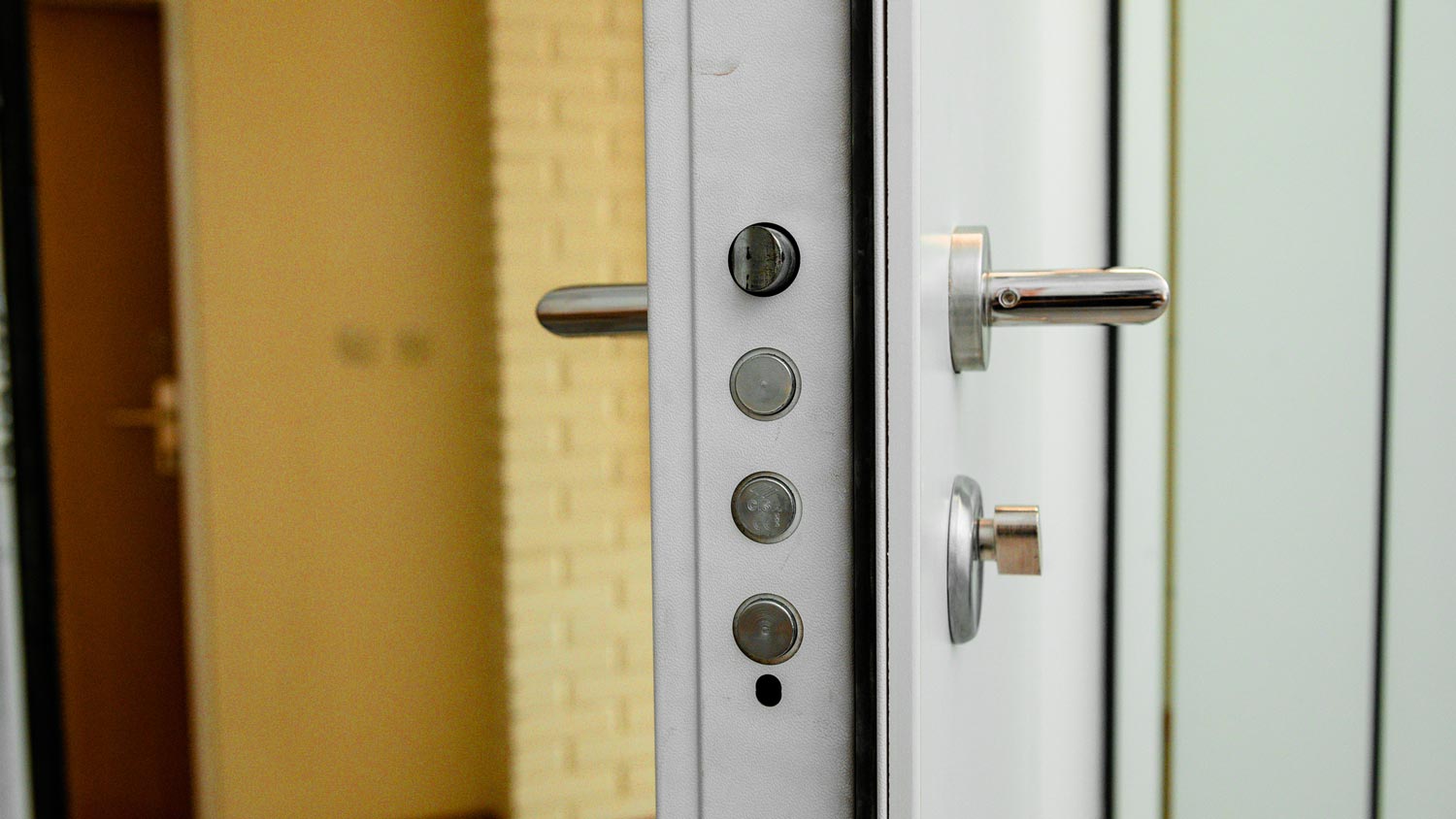
Sliding glass door repairs help maintain security, efficiency, and smooth operation. Regular upkeep and professional service prevent costly future problems.
On average, patio door replacement costs $2,500 with most homeowners paying between $1,550 and $6,250. Door size, type, and location impact the cost, as well as any additional features you choose.


Replacing a patio door costs anywhere from $600 to $10,000, with most homeowners spending around $2,500.
Cost factors include door size, type, materials, and labor for removal and installation.
Additional features like tinting, retractable screens, and smart home integrations can increase costs.
A new patio door enhances your home's appearance, improves energy efficiency, and can potentially increase home value.
This article was updated using automation technology and thoroughly reviewed for accuracy by HomeAdvisor Editor Ryan Noonan.
Replacing a patio door costs between $600 and $10,000, with most homeowners spending around $2,500 for materials and installation. The size, type, and materials of the door, along with labor costs for removal and installation, are the main factors that impact the total price. When choosing your new patio door, think about your climate and maintenance needs, not just the upfront costs.
Door size, type, and materials will determine most of your patio door replacement costs, while customizations and add-ons may slightly increase the price.
The size of your patio door significantly affects the cost—larger doors need more materials and take longer to install. Here's how different door sizes compare in terms of average installation costs for sliding glass patio doors:
| Door Size in Inches | Square Footage | Average Cost with Installation |
|---|---|---|
| 60 x 80 | 33.3 | $350—$1,700 |
| 60 x 96 | 40.0 | $400—$2,000 |
| 72 x 96 | 48.0 | $500—$2,400 |
| 96 x 80 | 53.3 | $550—$2,700 |
| 96 x 96 | 64.0 | $650—$3,200 |
Different patio door types not only vary in price but also in how much effort they take to install. Here are some popular options to consider:
Screen doors: Simple and cost-effective, screen door installation offers an easy solution for opening your space up to light and airflow while keeping out insects and debris.
Sliding doors: Sliding glass doors let in the light and add a beautiful look to your space. While more expensive than screen doors, they’re ideal for spaces where you want natural light while maintaining temperature control.
French doors: Consisting of two hinged doors, French doors add a classic look to your space while providing greater security than screen or glass doors.
Telescoping doors: Telescoping doors are similar to sliding doors, except all panels are moveable. This makes them ideal for compact spaces, as the entire door can be slid into a wall pocket.
Folding glass doors: Also called ‘glass walls’, folding glass doors are a high-end patio door option that features large glass panels that fold in an accordion style. While more costly to install, they can be fitted to large spaces to allow maximum natural light.
Another option is a security door installation, which costs an average of $1,400.
| Door Type | Average Cost with Installation |
|---|---|
| Screen Door | $100—$1,500 |
| Sliding Door | $1,000—$3,000 |
| French Door | $400—$4,000 |
| Telescoping Door | $1,500—$5,000 |
| Folding Glass Doors | $3,000—$10,000 |
The material you choose for your patio door frame greatly affects the cost. Vinyl is the most affordable and lightweight option, but it can warp in extreme temperatures, leading to air leaks. Aluminum frames are lightweight and more durable than vinyl, but they conduct heat, which isn't ideal for hot climates.
Wood frames are the best insulators and lend a timeless look to your patio doors. While ideal for hot and cold climates, wood is prone to water damage and requires more maintenance, including sealing and painting. Fiberglass frames can mimic the look of wood without the maintenance, although they do not provide the same level of temperature insulation.
| Door Material | Average Cost with Installation |
|---|---|
| Vinyl | $300—$1,200 |
| Aluminum | $600—$2,000 |
| Wood | $1,500—$5,000 |
| Fiberglass | $800—$3,500 |
You may want to consider extra features and add-ons to improve the comfort, efficiency, or style of your patio doors. Home window tinting, which typically costs $5 to $25 per square foot, can be applied to glass doors to minimize UV light exposure and improve energy efficiency.
Retractable screens can be another option for improving light and airflow, and they can be easily added to a variety of door types. Retractable screens usually cost between $100 and $1,500 for materials and installation.
Other efficiency and security features include adding extra insulation for $300 to $600 and integrating your patio door locks with your Smart Home system for around $700.
In addition to the costs of the door itself, labor for installation and disposal will also contribute to total costs.
On average, labor for installing a patio door costs $400 to $1,400. Costs vary primarily based on the type of door you’re installing; for example, it’s much quicker and more affordable to install a screen door compared to a telescoping door.
Labor costs also depend on your location. Cities with a high cost of living, like New York and Los Angeles, will typically have higher labor costs compared to most cities in the Midwest.
Removing and disposing of an old patio door typically costs $100 to $400, depending on the type of door and labor costs in your area. If you live in a rural area without a materials disposal facility nearby, there may be an extra charge for travel and door disposal.
Replacing your patio door can be a worthwhile investment, especially if you're planning to sell your home. A new patio door not only boosts your home's visual appeal but also improves energy efficiency, helping you save on heating and cooling costs.
In general, patio door replacements cost slightly more than average door installation and exterior door costs since there is a greater focus on adding natural light and airflow to improve the beauty of your home.
While a patio door isn’t a big enough change to dramatically alter home value, it can provide a good return on investment. Since your upfront costs are usually small to moderate, some patio door replacements can provide a return on investment of up to 70%.
Since replacing a patio door requires precise installation to make sure it's sealed correctly, it's best to hire a pro. But don't worry—you can still take several steps to keep this project budget-friendly:
Shop according to your climate: If you live in a mild climate, opting for an affordable material like aluminum can be a great way to save on costs. On the other hand, homeowners who live in areas with large temperature changes but little precipitation may benefit from a more insulating material like wood.
Start small: Size is a key cost factor for patio doors, so consider shopping for more compact designs if you’re on a budget. You can always expand the door frame at a later date if you decide you want larger doors.
Plan ahead and shop around: If your patio door replacement isn’t urgent, start planning early and shopping for doors. Many retailers offer end-of-season sales, so you may be able to find a well-priced door at the end of the summer.
Ask your contractor about deals: Many contractors have agreements with retailers for discount prices. Talk to your contractor about whether they can source you a door or any customizations you might need.
Talk to multiple contractors: Contact several sliding glass door pros in your area to get quotes and compare prices.
No place is more important than your home, which is why HomeAdvisor connects homeowners with local pros to transform their houses into homes they love. To help homeowners prepare for their next project, HomeAdvisor provides readers with accurate cost data and follows strict editorial guidelines. After a project is complete, we survey real customers about the costs to develop the pricing data you see, so you can make the best decisions for you and your home. We pair this data with research from reputable sources, including the U.S. Bureau of Labor Statistics, academic journals, market studies, and interviews with industry experts—all to ensure our prices reflect real-world projects.
From average costs to expert advice, get all the answers you need to get your job done.

Sliding glass door repairs help maintain security, efficiency, and smooth operation. Regular upkeep and professional service prevent costly future problems.

If you’re planning to install a sliding glass door, consider budgeting using our project cost guide.

Budget for barn door installation costs based on factors such as materials, door type, door size, hardware, professional labor, and more.

Wondering who installs storm doors? Compare storm door installers and handypersons, see the pro process, and know what to ask before you hire

ho installs French doors? Learn which pros to hire, how they do it, and what installation costs to expect so you can plan with confidence.

Who installs fire doors? Learn which door installation experts to hire and what qualifications to look for before you book a pro.